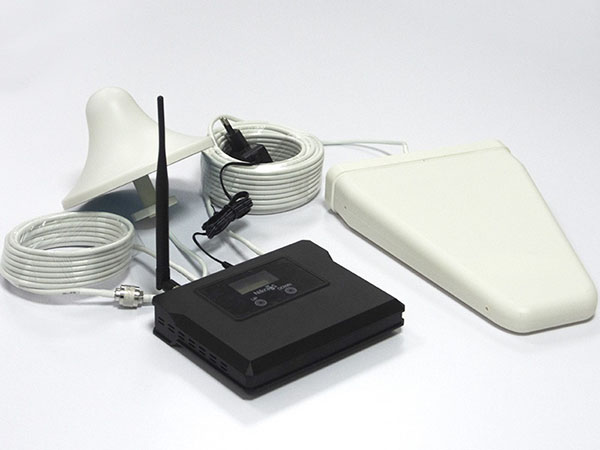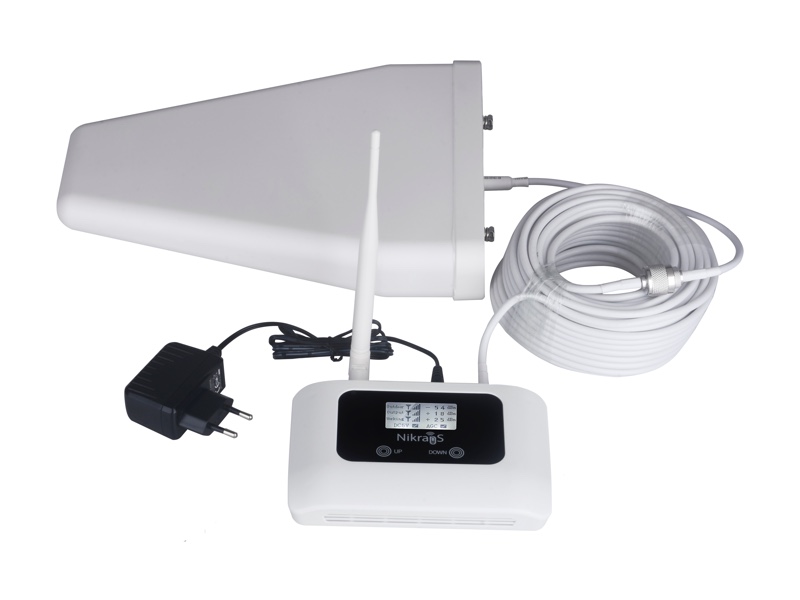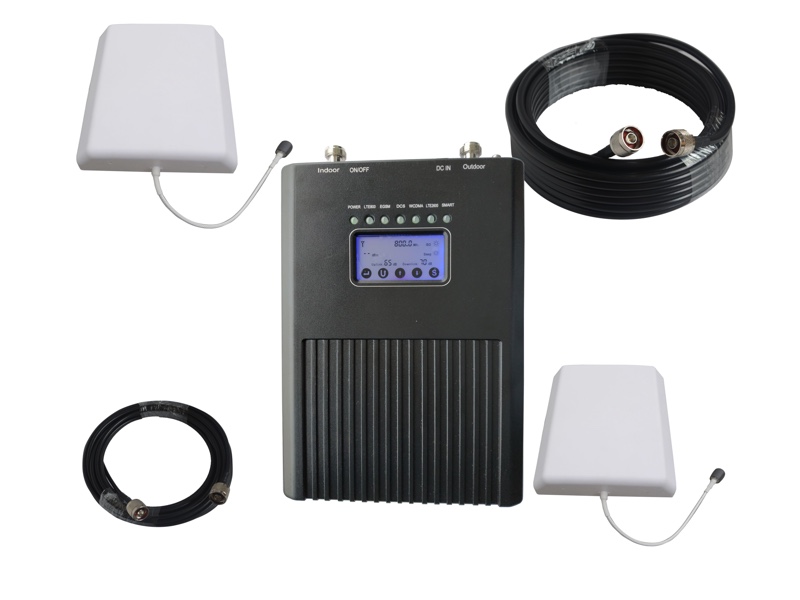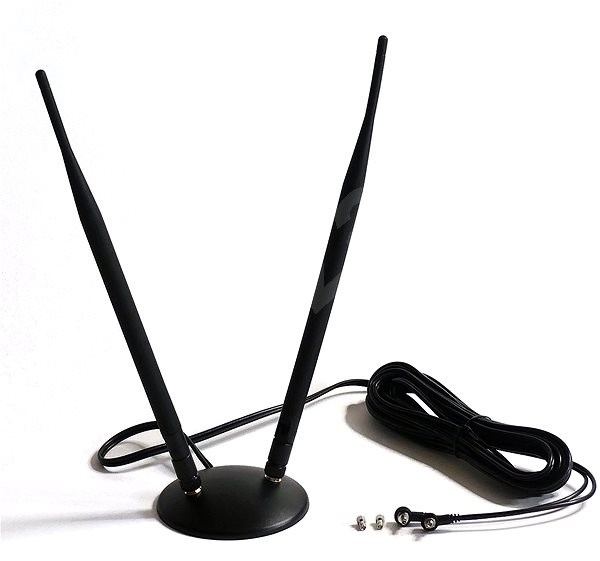The 10 Best Mobile Phone Signal Boosters
Taking into Accounts about 6890 4G GSM Boosters Reviews
5/5 - 278 Reviews
4.9/5 - 112 Reviews
4.8/5 - 243 Reviews
4.8/5 - 184 Reviews
4.8/5 - 96 Reviews
4.7/5 - 196 Reviews
4.7/5 - 136 Reviews
4.6/5 - 155 Reviews
4.1/5 - 15 Reviews
4/5 - 5 Reviews
Compatible with all Irish Mobile Network Operators








Why do people need signal boosters?
The quality of a mobile signal is not always stable enough to use mobile services. In order to improve the reception, people use devices called signal boosters or amplifiers. These gadgets, which support certain frequencies, better the existing signal and disseminate it around a limited area of square meters.
The booster never changes the frequency of the signal, it just improves the quality of your mobile connection. Thus, your device will not even notice that the signal is broadcast by the device.
However, if you have no mobile reception at all, the amplifier will not be able to boost it. There should be at least a minor existing signal to see the result.
Booster element and their functions
As a rule, boosters come in full sets, which are convenient to install, as they include all the necessary elements.
The repeater set usually consists of internal and external antennas (some models have several internal and external antennas), the booster box, and two coaxial cables of different length to connect all the elements together. In general, manufacturers include cables of optimal length, but sometimes you can customize your order and choose longer cables if needed.
The operational principle of any booster is simple and unsophisticated.
The amplification process starts when the external antenna catches the existing signal. This weak signal travels to the booster box through the cable. The booster box strengthens the received signal and transmits it via the other coaxial cable to the internal antenna. Finally, the internal antenna spreads the improved signal around the area concerned.
Finding the right booster for your needs
There are some issues you should take into consideration when buying a mobile booster.
Area Size
Any booster model is designed for improving certain types of mobile signal over a limited area. Hence, it's essential to ascertain your intended usage location and select a repeater model with an appropriate coverage area, irrespective of whether you are a Vodafone user or with another operator.
Frequency
Working frequency is another important feature to pay attention to when choosing a mobile signal booster. There are models compatible with several bands, which can amplify different types of mobile signal. There are also single-band models, which can be used only for one frequency amplification.
Note: a single-band booster working at 900 MHz will not amplify any other frequency.
You also need to clarify your operator’s working frequencies in order to know what type of signal to improve - GSM, 3G, 4G/LTE. Vodafone leverages bands such as 900 MHz for 2G, 1800 MHz for 2G and 4G, and 2100 MHz for 3G and 4G. EIR utilizes similar frequencies, including 900 MHz for 2G, 1800 MHz for 2G and 4G, and 2100 MHz for 3G and 4G. Three encompasses 900 MHz for 2G and 3G, 1800 MHz for 2G and 4G, 2100 MHz for 3G, and 2600 MHz for 4G.
Location
The place you are situated and the layout of your building also have an impact on the choice of a booster set.
There are kits including either directional and omnidirectional external antenna and either panel or dome internal antenna.
Directional antennas will suit rural areas, where the number of base stations is limited and you need to turn the antenna in the direction of the nearest mobile station. Omnidirectional antennas can be used in cities where there are a lot of base stations and you can catch the existing signal from any direction.
Dome antennas are mounted on the ceiling, and they are used to amplify signals over open floor areas, while panel antennas are more suitable for buildings with many rooms.
Do not forget to pay attention to safety certificates and warranties, when choosing a mobile signal booster. All the above-mentioned models are compatible with mobile providers in Ireland, and they are CE RED and RoHS certified, and meet the international health and safety standards, although OFCOM does not allow their use, as it only approves single-band boosters for 900 MHz or 2100 MHz.
Make sure you have checked all the mentioned issues, before you get down to purchasing a mobile signal booster.







